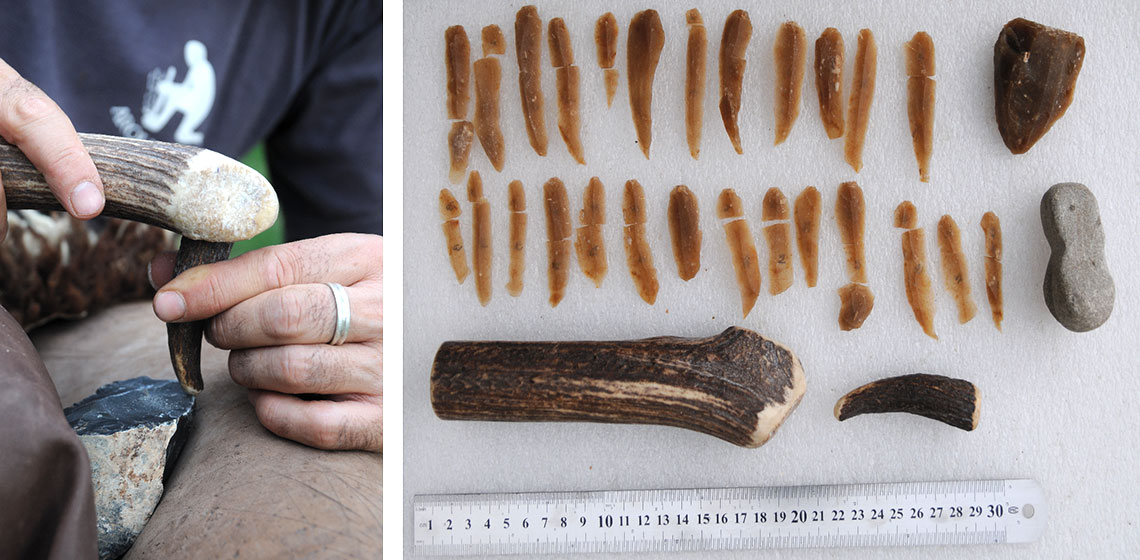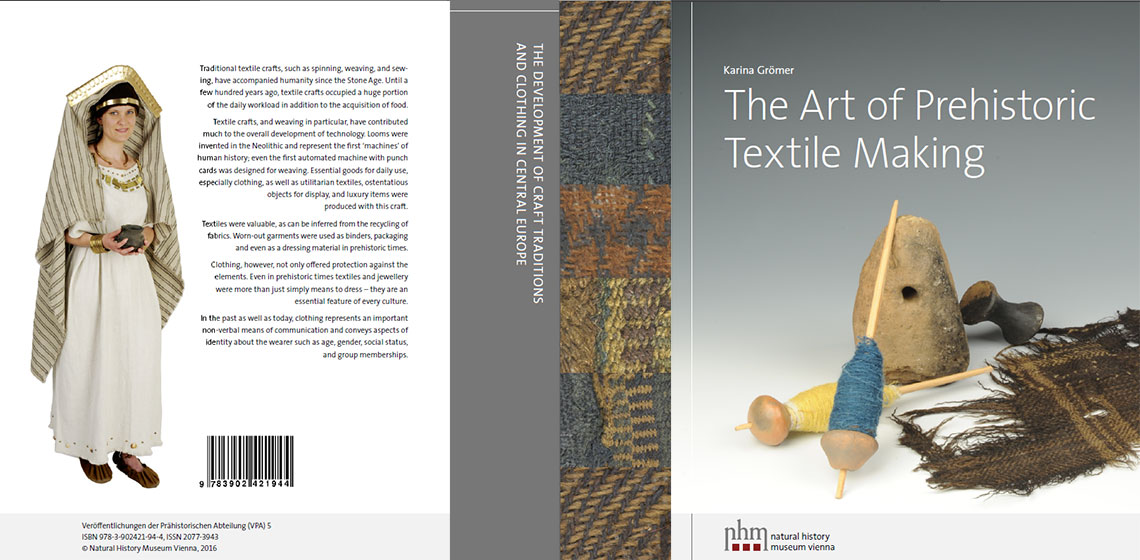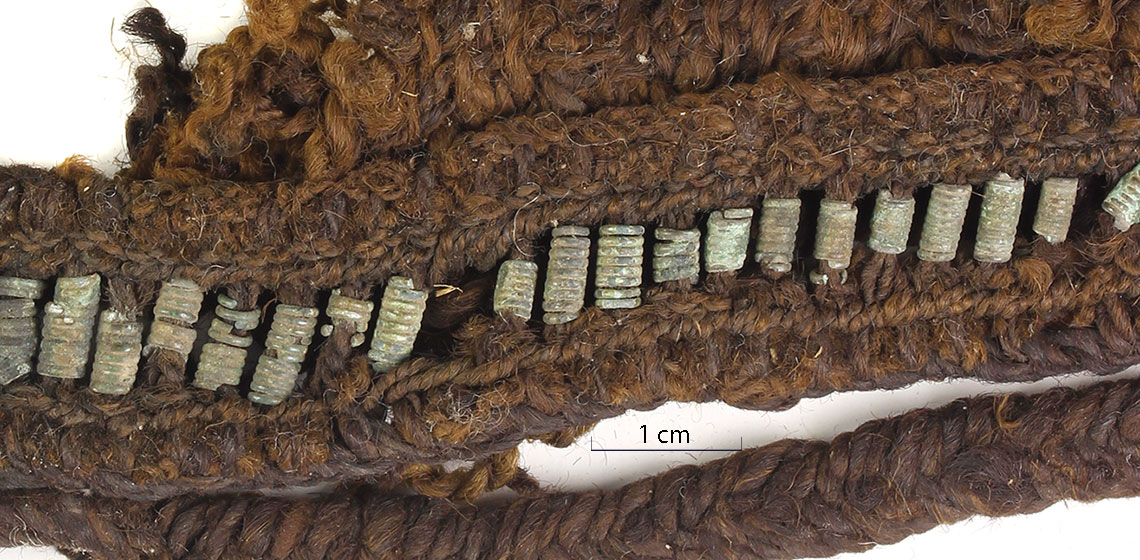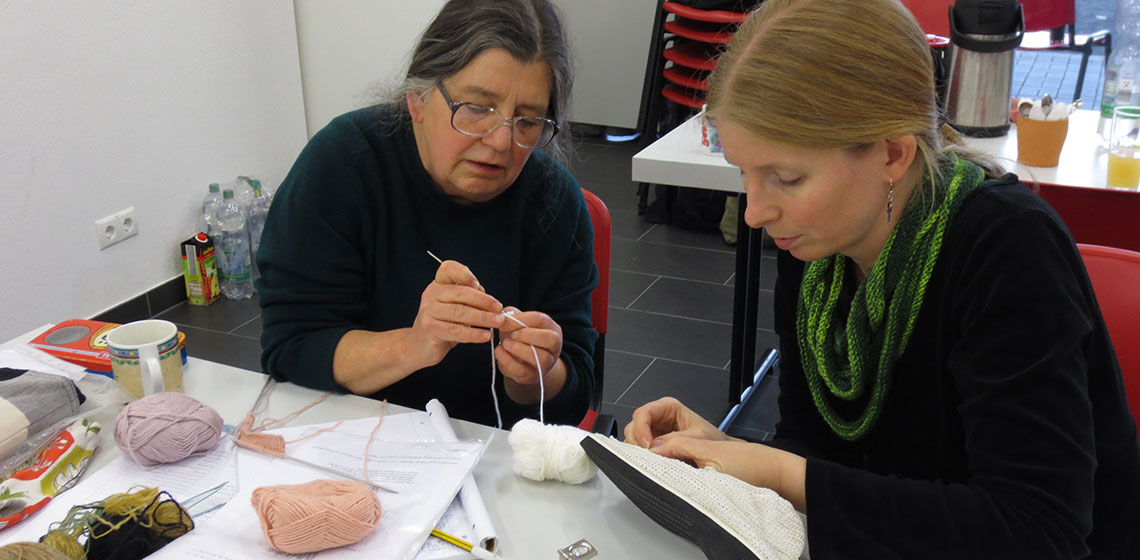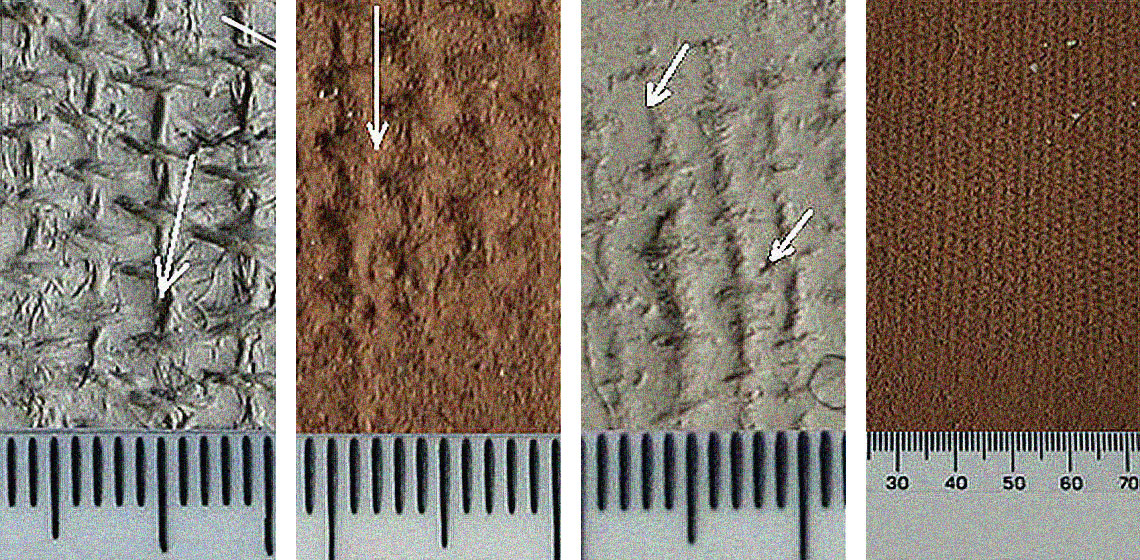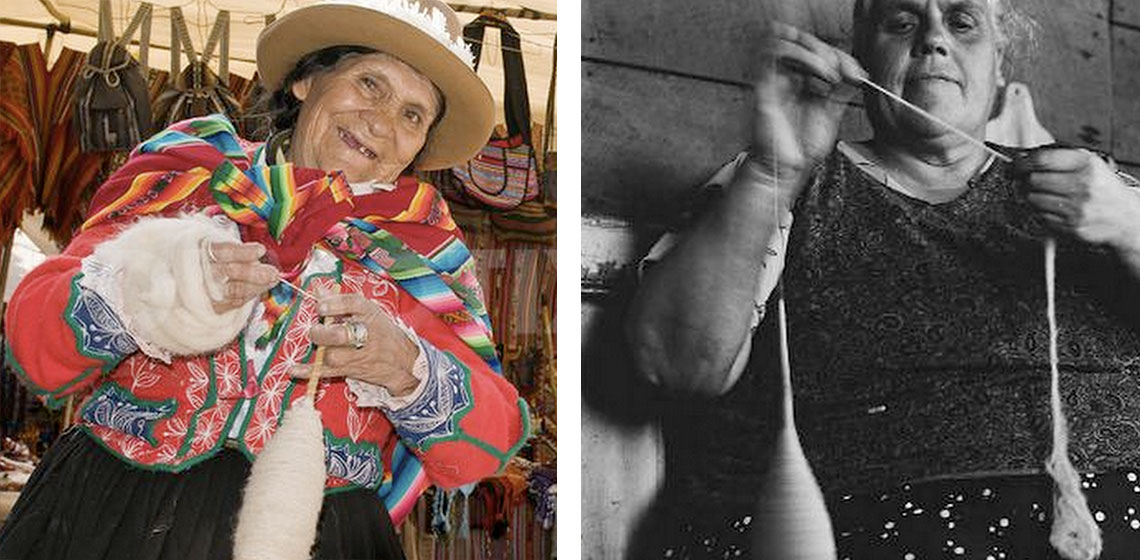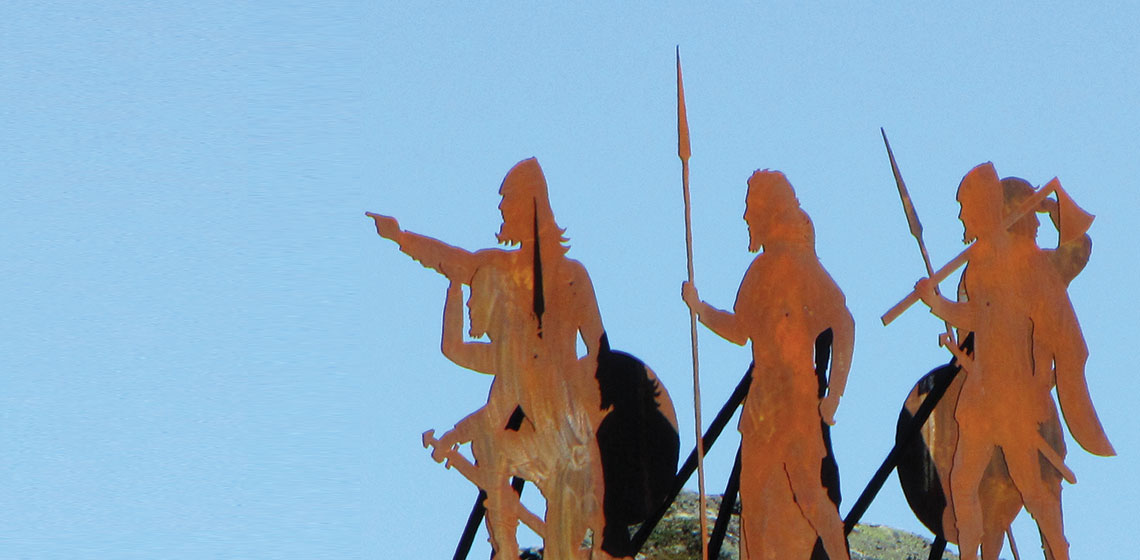textile
Research, Experimentation and Outreach in the Early Neolithic Site of La Draga (Banyoles-Spain)
Publication Date
The exceptional preservation of organic material in the early Neolithic site of La Draga (Banyoles, north-east Iberian Peninsula) has allowed lines of research that had rarely been undertaken in the region. The research project carried out at the site of La Draga involves experimental archaeology as a...
Conference Review: European Textile Forum 2016
Publication Date
The annual European Textile Forum took place from 7-13 November 2016. This year the focus was ‘mistakes’, the unintended consequences in textile manufacture or preservation that reveal more about the artefact, the techniques used and its makers than a ‘perfect’ piece could do. The programme was rich in practical experiments..
Book Review: The Art of Prehistoric Textile Making: The Development of Craft Traditions and Clothing in Central Europe by Karina Grömer
Publication Date
Textile research has made significant advances in recent years as new technologies and methods are developed, tested, and applied to the analyses of archaeological textiles. The FWF-Project1, a collaborative research effort involving researchers and artists from institutions in Austria, the Netherlands, and Germany, engaged in ...
Spiral Tube Decorations: a Thousand Years of Tradition
Publication Date
An overview of finds, their regional spread and significance though the ages. The spiral tubes are made of an alloy that consists of copper supplemented mainly with zinc and/or tin (Rammo, Ratas 2015, table 1). The outer diameter of the spiral tubes usually range from 2.5 to 5 mm. Woollen and linen threads as well as horse hairs, were used to join spiral tubes into decorations...
Conference Review: European Textile Forum 2015
Publication Date
The European Textile Forum (Textilforum) was held between the 2nd and 9th November 2015, at the Laboratory for Experimental Archaeology (LEA) in Mayen, Germany. LEA kindly hosted the European Textile Forum as part of their inaugural event in 2012 and since then the Director Michael Herdick has invited the conference to return annually...
An Experimental Comparison of Impressions Made from Replicated Neolithic Linen and Bronze Age Woolen Textiles on Pottery
Publication Date
Textile impressions on pottery provide evidence for fabrics and weaves in areas where the fabrics themselves do not survive. This article argues that the impressions can provide information on the uses of different fibres, the weaving technologies and possible trading or agricultural advances connected with these fibres...
Investigating the Influence of the Kettle Material on Dyeing in the Industry of Pompeii
Publication Date
7th UK EA Conference Cardiff 2013
***Dyeing, especially in bright, intense colours, has been one of the methods used to embellish textiles and add to their value. A considerable dyeing industry can be shown to have existed in Pompeii. The city of Pompeii was destroyed in a volcanic eruption in AD 79, but its remains were preserved in situ...
***Dyeing, especially in bright, intense colours, has been one of the methods used to embellish textiles and add to their value. A considerable dyeing industry can be shown to have existed in Pompeii. The city of Pompeii was destroyed in a volcanic eruption in AD 79, but its remains were preserved in situ...
Variables and Assumptions in Modern Interpretation of Ancient Spinning Technique and Technology Through Archaeological Experimentation
Publication Date
This paper takes the form of a critical analysis of archaeological experiments using spinning tools. The archaeological experiments regarding whorl weight and wool spinning of the Tools and Textiles – Texts and Contexts project, through the Danish National Research Foundation’s Centre for Textile Research, are examined with respect to a number of variables...
Conference Review: European Textile Forum 2010
Publication Date
The Textilforum was founded to bring practitioners of all textile crafts together, to compare notes and to learn from each other. Following the success of the first Textilforum, held in Eindhoven in September 2009, this year’s was held in Schnalstal, in South Tyrol, the German-speaking part of Northern Italy from 6-12 September...
50th Anniversary of L’Anse aux Meadows, Newfoundland, Canada
Publication Date
The summer of 2010 saw the 50th anniversary of the discovery of the Viking Era site at L’Anse aux Meadows in Newfoundland Canada. To celebrate this milestone Parks Canada arranged a number of special events, including an August visit from the Dark Ages Re-creation Company (DARC)...

